The old Dufferin Gates of the Canadian National; Exhibition on November 16, 1942. Toronto Archives, Series 372, S0372, Item 1659.
Although the Canadian National Exhibition has somewhat lost its importance as a late-summer event in Toronto, it remains the largest fair in Canada. Each year it attracts over a million visitors during the two-weeks it is open. When it began in 1879, it was mainly an agricultural exhibition that also showcased the latest industrial developments. During the decades ahead, it continued to feature the latest technological advancements. The first electric streetcars and trolley cars, sound recordings, radios, electric refrigerators and television are but a few of the inventions that were introduced to Toronto at the CNE.
When the fair was inaugurated in the 19th century, its main entrance was through a simple gate with a turnstile, located at the foot of Dufferin Street, south of Springhurst Avenue. The impressive Princes’ Gates of today did not yet exist. In 1895, a proper wooden structure was built, with an archway entrance and buildings on either side of it.
In 1910, these gates were demolished and new ones built. The designs were created by George W. Gouinlock, who had been the architect of the Horticultural Building in 1907, which is now the Muzik Nightclub. In 1912 he was to design the Arts and Crafts Building, now the site of Medieval Times, and also the CNE Fire Hall and Police Station that remain in use today.
Gouinlock’s gate of 1910 was grand and fanciful. It created the impression that the moment visitors arrived in front of them, their wondrous experience of attending the fair commenced. People arrived at the Dufferin Gates via a streetcar line on Dufferin Street and a railway station nearby.
Gouinlock’s Dufferin Gates consisted two tall towers composed of metal and brick, designed in the Beaux-Arts style, with a wrought iron structure that connected the two towers. At the base, between the two towers, was the actual gate where visitors entered. In front of it was a semi-circular forecourt that resembled a grand plaza. The forecourt and the buildings on either side of the towers funnelled crowds toward the gates. The buildings on either side of the gates possessed fanciful Baroque-style domes. Inside the buildings were display spaces used for exhibits when the fair was in operation. When the gates opened in 1910, from inside the gates, visitors gazed southward to a wide avenue that terminated at the lake. The avenue was flanked by mature trees, with new exhibition building on either side of it.
The Dufferin Gates reflected an era of optimism, when people believed that science and technology were advancing so rapidly that almost anything was possible. The gates were flamboyant, theatrical and overblown, akin to modern extravaganzas created by rock and pop stars as they light-up stages with pyrotechnics. In this respect, the era of the Dufferin Gates was similar to the world of today.
During World War 1, the CNE grounds were used as a military camp for training troops. From 1914 until 1918, many of the troops that departed for the trenches of Europe, departed through the Dufferin Gates. Following the war, the wrought iron gates at ground level were named “The Dufferin Memorial Gates.”
The year 1927 was a special year for Canada as it was the 60th anniversary of Confederation. To honour the event, at the eastern side of the CNE, the Princes’ Gates were opened by the Prince of Wales (later King Edward VIII). The Dufferin Gates now ceased to be the main entrance to the fair. However, for the next five decades, they continued to serve as an entrance for those approaching the grounds from the northwest. I was unable to discover the year that the ornate buildings on either side of the gates were demolished. They appear in the 1937 photo, but not in the photo taken in 1953. Personally, I do not remember these fancy buildings.
Unfortunately, to accommodate the building of the Gardiner expressway, the gates were demolished in 1959. They were replaced with a simple cement archway, designed by Philip R. Brock, that resembled Saarinen’s memorial arch in St. Louis. The erection of the St. Louis gate preceded the Dufferin Gate, but was completed after it. Toronto’s gate was a parabolic arch constructed of reinforced concrete and steel, which soared 65 feet at its highest point. To quote William Dendy in his book, “Lost Toronto,” the new Dufferin Gate, “. . .seems meagre and cheap when compared with the gate that Gouinlock designed.”
Sources: “Lost Toronto” by William Dendy—www.blogto.com—wholemap.com/historictoronto—whyIlovetoronto.tumbir.com—spacing.ca/toronto
The Dufferin Gates in 1908, which had been built in 1895 to replace the simple wooden structure. Toronto Archives, F1244, Item 0272.
Night photo of the Dufferin Gates in 1908. Toronto Archives, F1244, Item 0272.
Troops departing through the Dufferin Gates in 1914, Toronto Archives, F1244, Item 0779.
The Dufferin Gates in 1915, when the grounds were used as a military camp during World War 1. Toronto Public Library, r – 4096.
The gates in 1927, when they were decorated to celebrate the 60th anniversary of Confederation. Toronto Public Library, r- 4095.
The Dufferin Gates designed by George Gouinlock, photo taken in 1928. Toronto Archives F1244, Item 2019.
The Dufferin Gates in 1932, Toronto Public Library, r- 3432.
Looking south toward the Dufferin Gates on July 15, 1937. Toronto Archives, F1231, Item 1446.
The gates in 1953, Toronto Public Library, r- 3497
View from inside the gates in 1953, Photo from the collection of the Toronto Public Library, r-3198.
Photo from a 35mm slide of the Dufferin Gates, taken by the author in 1956.
Demolition of the Dufferin Gates in 1958, Toronto Archives F1244, Item 2022.
Construction of the new Dufferin Gates in 1959, Toronto Archives, S0065, Fl.0058, Item 0008.
The Dufferin Gates between 1978-1987, Toronto Archives, S1485, Fl 0363, Item 0011.
The Dufferin Gates in March 2016, view from the southeast.
The Dufferin Gates, March 12, 2016, looking north on Dufferin Street
To view the Home Page for this blog: https://tayloronhistory.com/
For more information about the topics explored on this blog:
https://tayloronhistory.com/2016/03/02/tayloronhistory-comcheck-it-out/
The publication entitled, “Toronto’s Theatres and the Golden Age of the Silver Screen,” was written by the author of this blog. It explores 50 of Toronto’s old theatres and contains over 80 archival photographs of the facades, marquees and interiors of the theatres. It relates anecdotes and stories by the author and others who experienced these grand old movie houses.
To place an order for this book:
Book also available in Chapter/Indigo, the Bell Lightbox Book Shop, and by phoning University of Toronto Press, Distribution: 416-667-7791 (ISBN 978.1.62619.450.2)
Another book, published by Dundurn Press, containing 80 of Toronto’s former movie theatres will be released in June, 2016. It is entitled, “Toronto’s Movie Theatres of Yesteryear—Brought Back to Thrill You Again.” It contains over 125 archival photographs and relates interesting anecdotes about these grand old theatres and their fascinating history.
Another publication, “Toronto Then and Now,” published by Pavilion Press (London, England) explores 75 of the city’s heritage sites. This book will be released on June 1, 2016. For further information follow the link to Amazon.com here or to contact the publisher directly:
http://www.ipgbook.com/toronto–then-and-now—products-9781910904077.php?page_id=21.
![Nov. 16, 1942 s0372_ss0001_it1659[1] Nov. 16, 1942 s0372_ss0001_it1659[1]](https://tayloronhistory.com/wp-content/uploads/2016/02/nov-16-1942-s0372_ss0001_it16591_thumb.jpg)
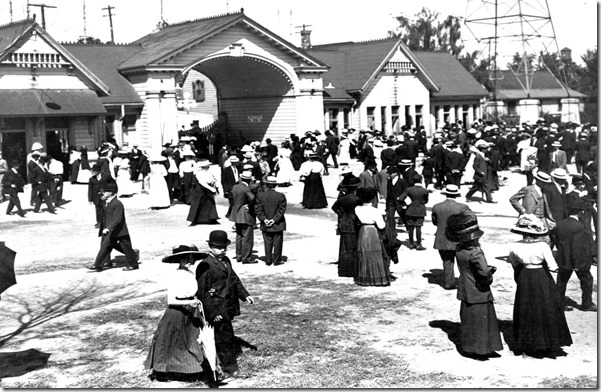
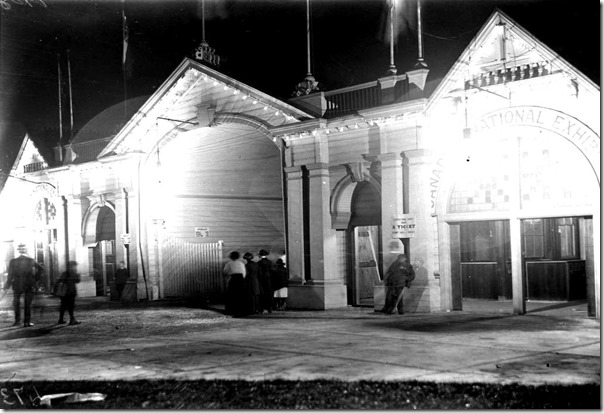
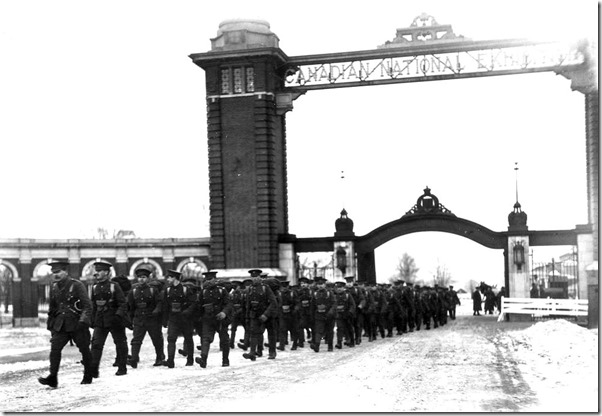
![1915-- pictures-r-4096[1] 1915-- pictures-r-4096[1]](https://tayloronhistory.com/wp-content/uploads/2016/02/1915-pictures-r-40961_thumb.jpg)
![gates 1910-1958- photo 1927- pictures-r-4095[1] gates 1910-1958- photo 1927- pictures-r-4095[1]](https://tayloronhistory.com/wp-content/uploads/2016/02/gates-1910-1958-photo-1927-pictures-r-40951_thumb.jpg)
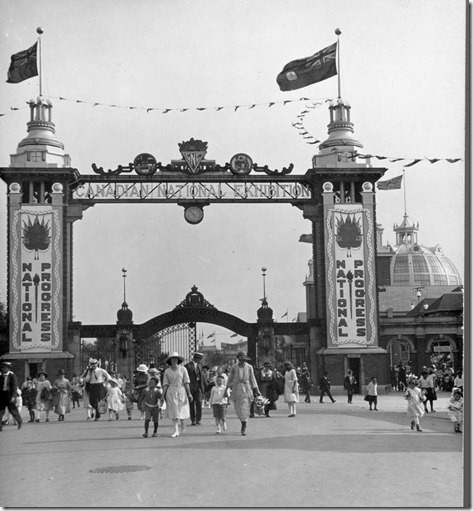
![1932--pictures-r-3432[1] 1932--pictures-r-3432[1]](https://tayloronhistory.com/wp-content/uploads/2016/02/1932-pictures-r-34321_thumb.jpg)
![July 15, 1937 f1231_it1446[1] July 15, 1937 f1231_it1446[1]](https://tayloronhistory.com/wp-content/uploads/2016/02/july-15-1937-f1231_it14461_thumb.jpg)
![1953- pictures-r-3497[1] 1953- pictures-r-3497[1]](https://tayloronhistory.com/wp-content/uploads/2016/02/1953-pictures-r-34971_thumb.jpg)
![1953--pictures-r-3498[1] 1953--pictures-r-3498[1]](https://tayloronhistory.com/wp-content/uploads/2016/02/1953-pictures-r-34981_thumb.jpg)
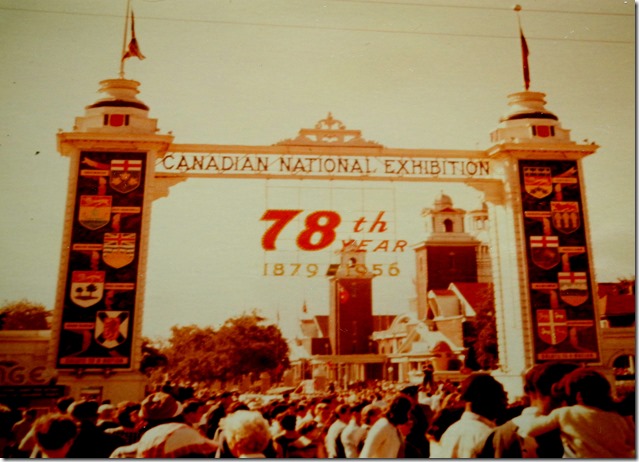
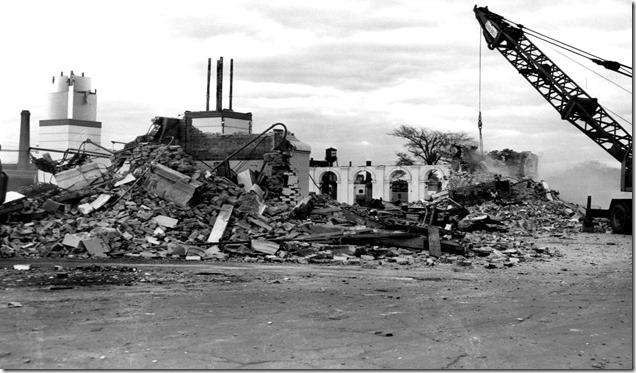
![1959 s0065_fl0058_it0008[1] 1959 s0065_fl0058_it0008[1]](https://tayloronhistory.com/wp-content/uploads/2016/02/1959-s0065_fl0058_it00081_thumb.jpg)
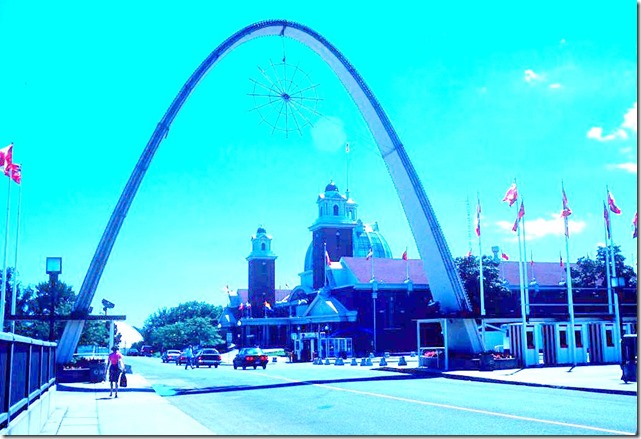
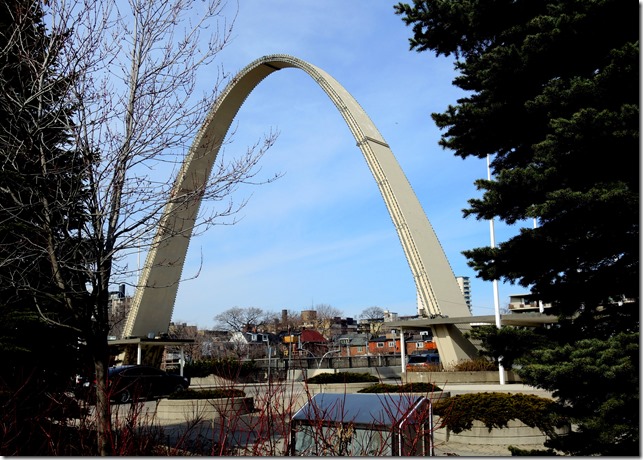
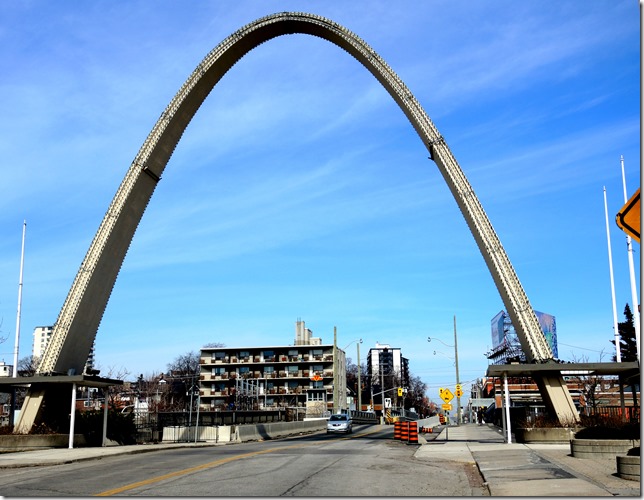
![cid_E474E4F9-11FC-42C9-AAAD-1B66D852[1] cid_E474E4F9-11FC-42C9-AAAD-1B66D852[1]](https://tayloronhistory.com/wp-content/uploads/2016/03/cid_e474e4f9-11fc-42c9-aaad-1b66d8521_thumb2.jpg)




Thanks for writing such a fascinating piece on the CNE. One of the best I’ve seen anywhere.
I remember the new Dufferin Gates when it opened 1959. Admission was 25c. The new gates are located south of the original location by several hundred feet to make room for the new Gardiner Expressway. And children could enter the CNE without question, alone and stay all day. I did many times. Never a problem. With free sample foods at the Food Building, one would be fed for the duration of your stay. But I do miss the Bulova Tower though. Originally an oil co. logo. (Imperial Oil Co?) Free rides to the top! CNE was not a flea market as today but displays of all the new things available at your friendly stores in Toronto! Nothing was for sale on the grounds, all located off the CNE property. CNE, the best!!
Hi Stuart,
Your memories of the good old days at the CNE are quite similar to mine. I too miss the Shell Tower.
Doug
Hi. Trying to research some old family lore. The story goes that my grandfather while intoxicated crashed his car into the fountain at Exhibition Park. His driver’s license from supposedly permanently revoked. We believe it would have happened some time in the 1940’s. My brother who was born in 1948 says he never saw my grandfather drive a car. Does any one any any knowledge of such an event. I have tried researching newspaper articles and such but with no luck. Any info would be much appreciated. Thanks.
Ann
Hi Ann. Thanks for contacting me as it is always good to hear stories about the places we knew decades ago. I’m afraid I cannot be of any help about the incident with your grandfather as I never came across it in any of my research. Good luck with your continued work
Thanks for responding so quickly. The only reference I have ever seen was that the original cast iron fountain donated byGeorge Godderham in 1911 was replaced in 1958 by the Princess Margaret Fountain. A brief reference to the original fountain having been damaged. I have searched for newspaper stories but have yet to find anything. Thanks again, I’ll keep searching.
Ann